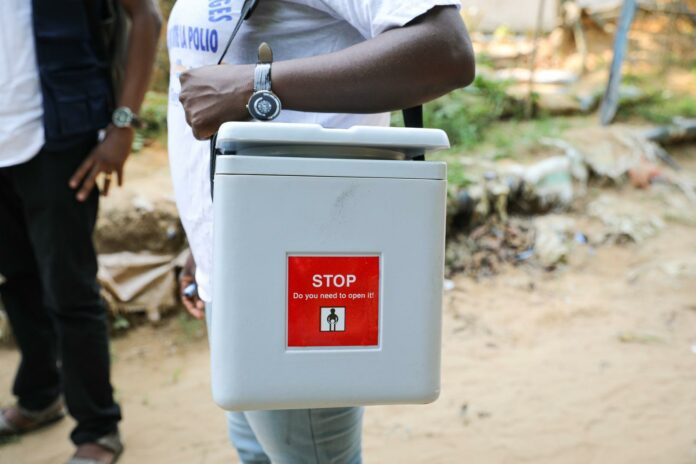A three-year-old in Malawi has become the first wild polio case of Africa in over five years.
In August 2020, Africa became free of the last remaining strain of wild poliovirus. The World Health Organization (WHO) called the achievement a ‘momentous milestone’ for Africa. However, recently, Malawi reported the first polio case in the region. Thus, making it the first wild poliovirus case in Africa in more than five years.
As long as wild polio exists anywhere in the world all countries remain at risk of importation of the virus.
Dr Matshidiso Moeti, WHO Regional Director for Africa
Is Africa Still Polio-Free?
In November of last year, a three-year-old in Malawi developed paralysis. Health officials in the region have now confirmed it as a case of polio. According to laboratory analysis, type 1 wild poliovirus (WPV1) is responsible for the case. This particular strain is endemic to Pakistan and Afghanistan. Moreover, recent cases of the strain were seen circulating in Pakistan’s Sindh province. However, its detection in Africa does not affect its polio-free status.
There are three wild types of polioviruses in the world: type 1, 2, and 3. Although once prevalent across the world, global vaccination strategies have helped eradicate the strains. The last case of WPV3 occurred in Nigeria in 2012; eventually, declared eradicated in October 2019. On the other hand, the Type 2 strain got declared eradicated in September 2015. Type 1 is the only strain that continues to circulate; however, in only Afghanistan and Pakistan.
Following the detection of the case in Malawi, health authorities in the region are taking urgent measures to control any further spread of the infection. Moreover, WHO is working closely with Malawi health authorities to conduct a risk assessment and outbreak response. The Global Polio Eradication Initiative (GPEI) Rapid Response Team is also working to conduct surveillance and carry out immunization campaigns.
Although there is no cure for polio, polio vaccines have continued to provide the best protection against the disease.
Source: World Health Organization




